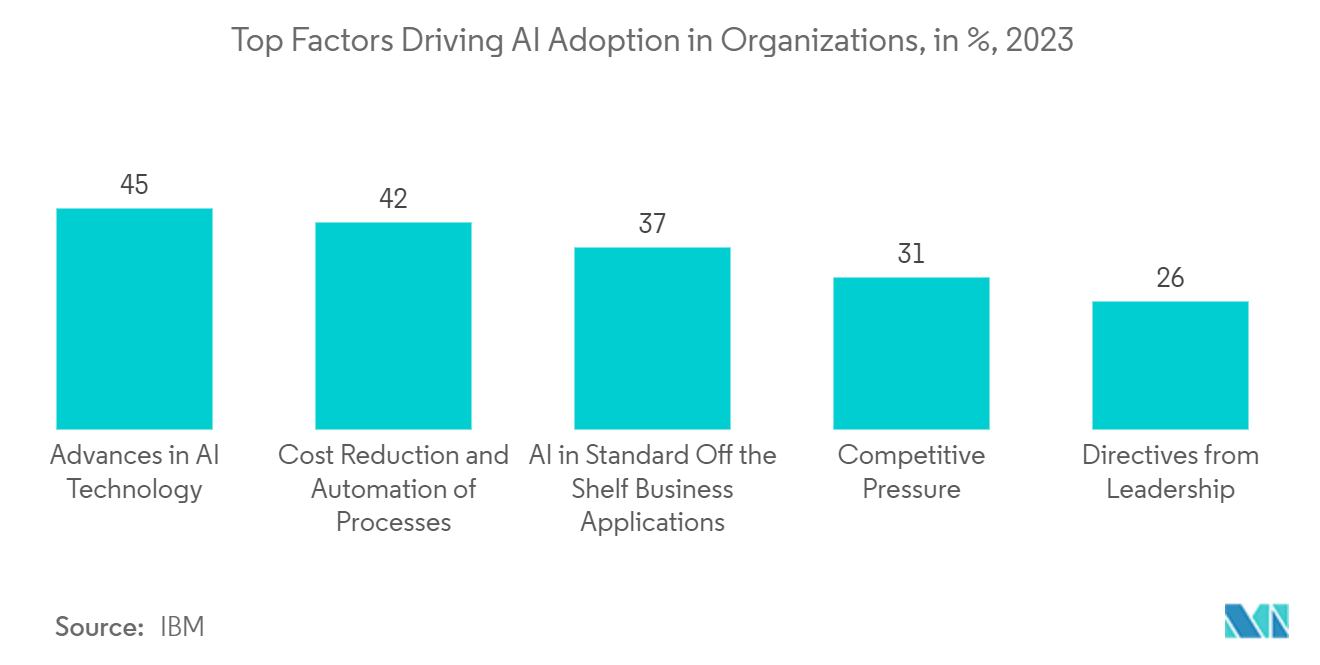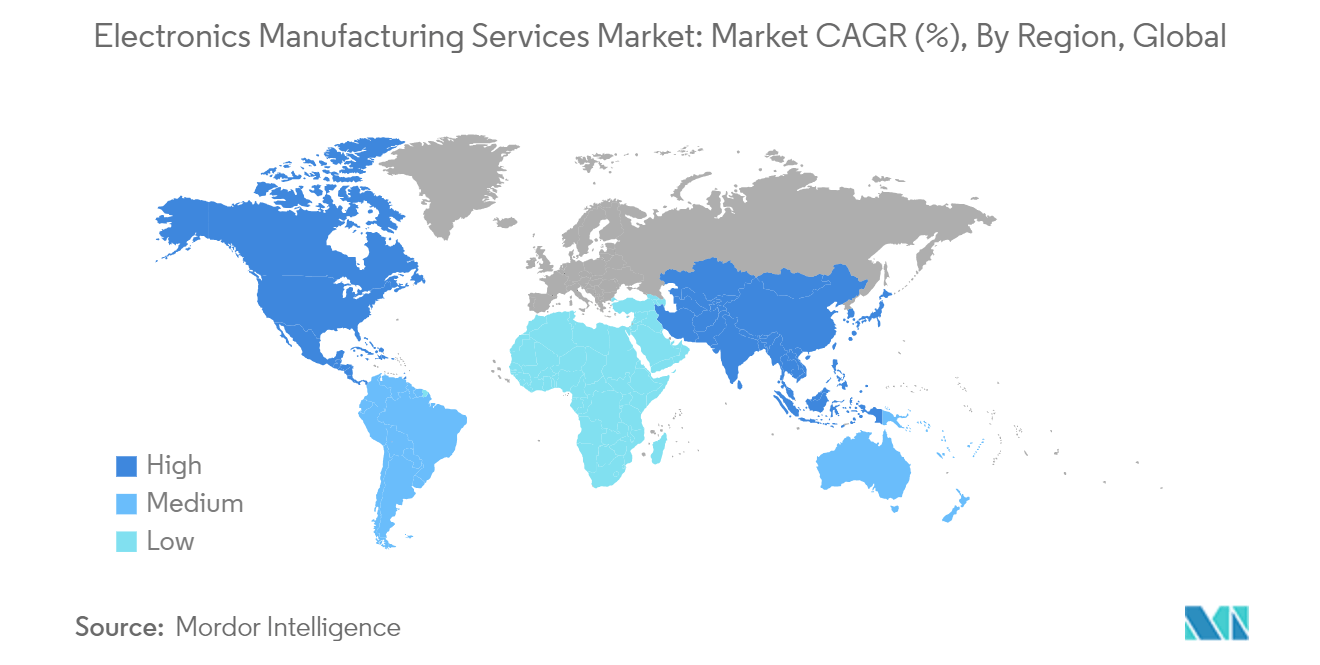Market Trends of Electronics Manufacturing Services Industry
Industrial Applications Are Expected to Drive the Demand for EMS
- With the rising trend of the environmental revolution, electric motor controls are demanding higher efficiency for industrial motors. Furthermore, increased integration at the lowest cost is required to support market penetration of new technologies and improve safety and reliability. This further drives the demand for electronic products used in smart motors' digital signal controllers for voltage control operations.
- According to IBEF, India's electric vehicle (EV) market is estimated to reach USD 7.09 billion by 2025. Further, a study by the CEEW Centre for Energy Finance recognized a USD 206 billion opportunity for electric vehicles in India by 2030.
- Industry 4.0 assures huge gains in factory data automation efficiency and productivity. The parallel advancements in industrial IoT and artificial intelligence (AI) drive growth. Even though the electronics industry is far from achieving the same level of intelligence and automation, the evolution toward Industry 4.0 is paving the way, as evident by recent trends in the electronics manufacturing services market.
- As per the IBM AI Global Adoption Index, in 2023, one of the primary drivers for AI adoption in organizations was cost reduction and process automation, accounting for 42% of the factors. Industrial automation propels growth in the electronic manufacturing services market. AI expansion is further fueled by the rising accessibility of AI tools, a push for process automation, and the integration of AI into mainstream business applications.
- Rockwell Automation Inc. recently signed a definitive contract to acquire CUBIC, which specializes in modular systems for constructing electrical panels. The collaboration is expected to benefit a company by offering faster time to market, enabling broader plant-wide applications for intelligent motor control, and generating smart data to increase sustainability and productivity for a wide range of customers.
- The manufacturing of electronics for industrial automation is fueling the growth of this segment. Players in the industrial automation segment need consistent access to all the data generated by the system. However, because of the scope of many operational utility applications, this level of data acquisition is complicated. Regions like Europe and North America are increasingly deploying Supervisory Control and Data Acquisition (SCADA) for accurate data collection.
- Most SCADA systems consist of single-board remote terminal units (RTUs), compact, ruggedized products that locate all input/output (I/O) modules on a single printed circuit board. Hence, the increasing deployment of SCADA in the utility sector further drives the demand for EMS.

Asia-Pacific is Expected to Witness Major Growth
- The Asia-Pacific market is expected to grow significantly during the forecast period. India and China have strong markets for EMS worldwide, owing to their solid position in the consumer electronics, semiconductor, and other telecommunications devices and equipment manufacturing industries. For instance, Tata Group announced plans to enter the semiconductor manufacturing business, seeking a proportion of the USD 1 trillion high-tech electronics manufacturing sector.
- Moreover, technology changes, such as the rollout of 5G networks and IoT, are driving the accelerated adoption of electronic products. Initiatives such as 'Digital India' and 'Smart City' projects have increased the demand for IoT in electronic devices.
- According to the Electronic Industries Association Of India, the country's electronic contract manufacturing sector is expected to grow more than sixfold to reach around USD 152 billion by 2025. The country has also set a target of approximately USD 100 billion in exports of mobiles alone by 2025, which is expected to be made possible with the support of the government's production-linked incentive (PLI) scheme.
- According to IBEF, about 80% of the PLI scheme to encourage manufacturing in the country, which covers 14 enterprises and has a total investment of USD 38.99 billion, is concentrated in only three sectors: electronics, automobiles, and solar panel production. This expansion supports rapid growth for new technology products across networking, 5G, data center, automotive/LIDAR, and aerospace and defense markets.
- APAC's supply chain starts with product design, semiconductor fabrication and packaging, components and subsystems, final assembly, and testing, which is also slowly moving toward low-cost countries in APAC, including India and Indonesia, to reduce manufacturing costs. For instance, rising costs and previous trade tensions compelled Taiwan's Pegatron to diversify production to countries such as Vietnam and Indonesia. Such uncertainty due to trade tension led many companies in Asia to readjust investments and shift their manufacturing bases to avoid tariffs.


